If you downloaded a Windows 10 ISO to install later, you need to create bootable Windows 10 installation media using an ISO burning tool. You can burn the Windows 10 ISO to a USB flash drive or a disc. You'll find instructions for both options below.
Sometimes you want may want to do a clean installation of Windows 10 on your PC. Reasons you might want to do it is if you just bought a PC and it contains a lot of bloatware from the manufacturer and you want to start fresh. Or you might have a computer with an older version of Windows on it. Whatever the reason you want to perform a clean install you'll need the ISO image. Then you can make a Windows 10 bootable USB drive or DVD or install it on a virtual machine.
Here's how to download it from Microsoft. Once you complete the steps, a clean installation will be performed using the local image. If this is a branded computer, the setup will restore all the original settings previously available with the device. This means manufacturer-specific settings, drivers, applications, and tools.
If you don't want to reinstall the custom image provided by the manufacturer, use the "Cloud Download" option . You can use the Media Creation Tool to do a fresh install on a device already running Windows 10. It's also possible to use the "Reset this PC" feature to quickly wipe out the hard drive and reinstall the operating system without the need for additional tools. Or, if the computer does not start, you can even use the Advanced startup options or mount the ISO file to File Explorer to complete a clean install.
This option has been designed to reinstall Windows 10 when the recovery feature is not working with the local image or using a branded computer with a custom image. You can extract the files to a folder on your hard drive using a program such as WinZip or 7zip. If using WinZip, right click on the ISO image file and choose one of the extract options.
Then browse to the location of the setup file and double click it to start your installation. The first and most obvious choice for creating Windows 10 installation media is the Windows Media Creation Tool. This application allows you to download the Home or Pro versions of Windows 10, and you can pick from the 32-bit or 64-bit version for both. Following your selections, you can choose to install directly to a USB drive or download a single or dual-use ISO to install to a disc at a later time. Got to thank Microsoft for this tool.
Reinstalling Windows was such a mess few months ago. Most other windows ISO sources couldn't be trusted (Torrents esp was/is filled with ISO files that doesn't match the original MS checksums). The ones who bought Windows installation DVDs separately could reinstall however recently many laptops don't come with CD drives. Then go to device manager and create another drive just one. Now you have one system recovery or reversed drive and sec C drive. Then run win nt set choose iso selection, by search, select location boot drive, and format.
Select installation drive and format. Choose your windows 11 pro or another version, and hit setup. However, the difference is that when you select this option, the setup will download a fresh installation image from the Microsoft server. A clean install of Windows 10 is the recommended approach to upgrade to the latest version of the operating system. In the Install Windows screen, personalize your language, time, and keyboard preferences, select Next, and click Install Windows.
Actually, MiniTool ShadowMaker is more a data backup app than a bootable media creator. Usually, you have to rely on a professional and powerful tool to create a system ISO. Such tools can pick up everything needed to build an image file from your computer and make sure the created ISO image is bootable.
Below will take MiniTool ShadowMaker for example to show you how to make a bootable iso of existing windows installation. You can also use them to make Windows 10 virtual machines using Hyper-V, VirtualBox, or VMware. You should probably create a Windows 10 bootable USB stick or DVD as a backup , especially if you purchased your copy online or lost the original installation media.
If you have a huge issue with your current install or are facing a new machine without an installed OS, having a bootable USB or DVD can be a lifesaver. Download the ISO to create a bootable installation media , create a virtual machine, or simply mount the disk image to install Windows 11. To complete your unattended Windows 10 installation media, follow the Make Windows 10 Installation Media section covered earlier in the article. Once you complete the steps, the clean installation process will begin, like using the Media Creation Tools or USB flash drive to upgrade the system. Before you can begin your install, you need to get a Windows 11 ISO file. Whichever way you choose, you will use your Windows 11 ISO file to create a bootable install USB Flash drive or install Windows 11 in a virtual machine.
You can even get away with skipping the product key so you can run the new operating system completely for free . Go to the VirtualBox website, and download the latest version of Oracle's free, open source software. Go through the installation process, and then launch the application. Press the "New" button, and name your virtual machine.
This article provides two ways you can download the latest Windows 10 ISO images from Microsoft. When you go there, click "Get started," and follow the instructions and prompts until you finally get to the download page. Choose your language and whether you want to download the 32-bit or 64-bit version. I downloaded the 64-bit version, because I installed it on a 64-bit machine. Some people have reported problems with installing the 64-bit version with VirtualBox, but my installation went without a hitch.
Write down where you downloaded the ISO file, because you'll need to know that later. If you choose to install directly to a USB or disc, follow the onscreen instructions to complete your installation. If you're installing Windows 10 further down the line, read the next section on how to create bootable media. Once you complete the steps, Rufus will run the automated script to download the Windows 10 ISO file from the Microsoft servers. Then you can use the tool to create a bootable media to install Windows 10 on a UEFI device without the need for the Media Creation Tool. On Windows 10, you can use at least two tools to create a USB bootable media.
You can use the Microsoft Media Creation Tool to download the files onto a removable storage with support for both firmware types . Or you can use Rufus, a third-party tool that makes it easy to create a flash drive to install Windows with support for UEFI. The following methods need a Windows 11 ISO file to work.
Also, you have to make sure the computer can start from USB, which means that you may need to adjust the BIOS or UEFI settings. However, since these settings are different on most devices, you will have to check your manufacturer support website for more specific details. Next, you need to create a virtual drive.
Microsoft says that 16GB is the minimum space needed for the 32-bit version, but 20GB is required for the 64-bit version. I decided on a 50GB virtual drive on my desktop, but feel free to make it as large as you need. Just be sure that you have enough space on your actual hard drive to handle the size of your virtual drive. Depending on what you intend to do with the OS, you may want to allocate more or less storage. Applications installed to a VM should be assumed to require the same amount of "real" storage that their standard installations would. Once you create a bootable Windows 10 USB drive or Windows 10 DVD, you can use it to perform a clean install of Windows 10.
You will now have the latest Windows 10 ISO image file saved to your folder, which can be used for virtual machines or to create bootable media at a later date. After you create the virtual hard drive, you'll be sent back to the VirtualBox main screen. You'll be asked to "Select start-up disk." Head to where you downloaded the Windows 10 ISO file, click "Start," and the installation begins. In order to install Windows 10, you'll have to create a virtual hard drive for installing it.
So from the screen that appears after you've selected the amount of RAM, click "Create a virtual hard drive." Choose VDI as the file type. For the type of drive, you'll have a choice between one that is a fixed size and one that dynamically allocates space, that is, it grows larger if the operating system needs it. Your best bet is to choose a fixed size. Click "Create" after you've made your choices. I have done the clean install using the Windows download tool and a usb flash drive. Everything went smoothly no problems.
When you plan to install Windows 11/10, you often need a CD or USB flash disk to install it. How to create a Windows 11/10 bootable USB? UltraISO tool can be used to burn a Windows 11/10 DVD or ISO to the USB flash drive.
Once all the files are downloaded, the ISO file should be created automatically. Press 0 on your keyboard to close the command prompt window and look in the setup files folder from step 1. If you only have a Windows 10 ISO file, it is not required to use a USB flash drive or disc to continue with the installation. You can always mount the ISO in File Explorer to launch a clean install or in-place upgrade on a device with the operating system already installed.
For that, you'll need an empty USB Flash drive that's at least 8GB. What you need is a Windows 11 ISO file you can boot from and use for a clean install or an in-place upgrade. Fortunately, there are a few ways to get one.
First, you can download a Windows 11 ISO directly from Microsoft. Finally, you can use Aveyo's open-source Universal MediaCreationTool to create an ISO that bypasses WIndows 11's TPM requirement. This effectively takes the .ISO file and reads it as if it were a real DVD, which is then accessible via My Computer (or "This PC").
My favorite program for doing this isDaemon Tools Lite - just be careful when installing this program as the setup file comes bundled with extra junk software. Another program I use isWinCDEmu; it's very light weight and easy to use. To use it, simply right click over top of the ISO file and then mount a drive letter. To remove the virtual drive, right click the drive letter via My Computer or This PC and 'eject' the disc. After a fresh install, it's the best time to create a factory image and you can set a scheduled backup task to track changes you made later.
After that, you can use this freeware to backup files, partition, or entire disk for data protection. As a professional disk clone software, it also has the ability toclone disk to larger disk, clone larger HDD to smaller SSD, clone only OS, etc. Right click on the ISO image file and choose mount from the menu. This will open the file much like a DVD. You will see it listed among your drive letters in Windows explorer.
Can I Install Windows With Iso File Browse to the location of the setup file and double click it to start your installation. There may be times when you need the Windows 10 ISO file to do a clean install or setup a virtual machine. If you're looking for a tutorial on how to install Windows 11/10 on new PC only with the help of a USB flash drive, don't walk away. Read through the following content and learn to install Windows 11/10 from a bootable USB or install with Windows 11/10 ISO file by media creation tool. The utility offers two ways to make the installation media, including using an existing ISO file or downloading the image from the Microsoft servers directly from the app.
If you are also searching for free download windows 11 iso 32 bit then let us tell you that you will be able to download it only after the official announcement. Information regarding the release date of Microsoft Windows 11 ISO Download File 32 and 64 bit will be updated soon. The release date in India is being discussed right now. Performing a clean install, in contrast, gives you a completely fresh start with Windows 11, and ensures that it runs as smoothly as possible. You can either install the new operating system on a spare PC, or on a partition on your current hard drive, so you won't overwrite important files or lose access to Windows 10. If you want to install Windows 8 from a USB device, you need to get the setup files from the DVD to the USB drive.
Most versions of Windows OS have built-in features that allow you to operate the ISO file with ease. Firstly, you need to open or mount the file, and then you're free to decide what to do with it. There are a couple of options up for consideration. You can either burn the contents to a portable disc or create a bootable version from your USB or DVD drive. For USB, insert your flash drive into a port on your computer and simply load up Rufus. The process should take about 10 minutes or so.
After installing Windows10 from Command Prompt, your computer is a completely fresh version. It only has the operating system and boot partition or system files required to start Windows. If you create a system image for it right now, it's totally a factory image that can help you repair your computer at any time.
On older versions of Windows, you'll need a third-party application to mount ISO image files. We likeWinCDEmu, a simple and open-source disc mounting program. It supports ISO files and other disc image formats. And finally, you can download a disk image for either bootable media or a virtual machine install. The requirements verification for Windows 11 is currently only built into the initial setup and a post-install program known as the Out of Box Experience . The OOBE usually only runs on clean installs, so if you're upgrading, you only need to worry about bypassing the initial verification.
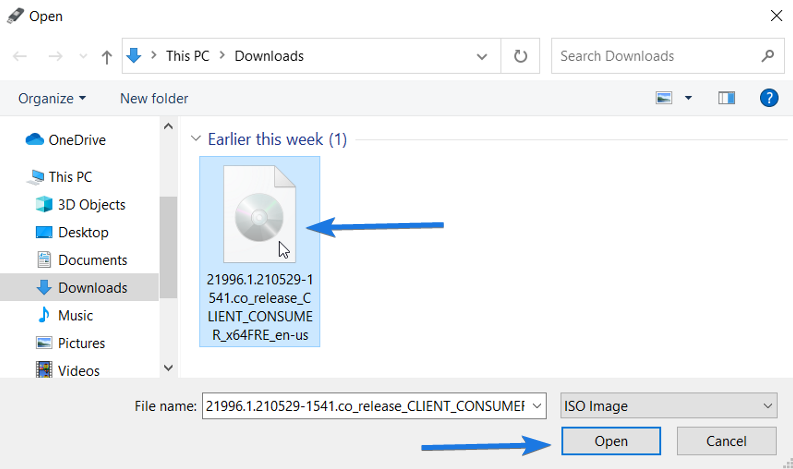

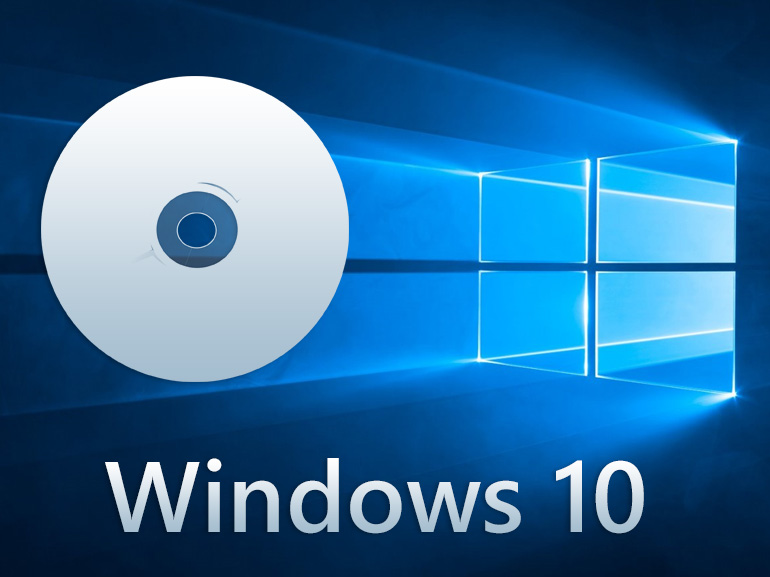








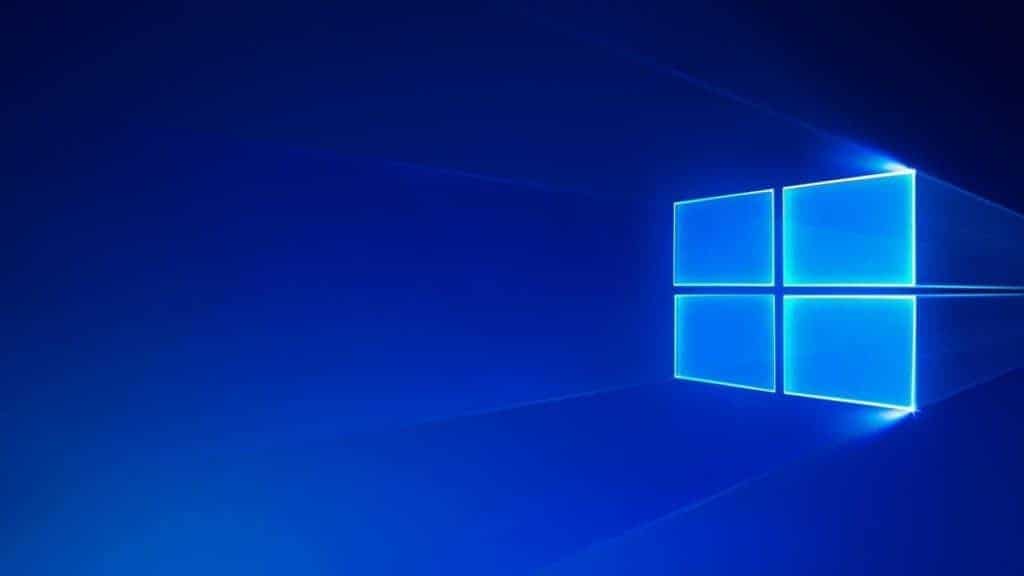




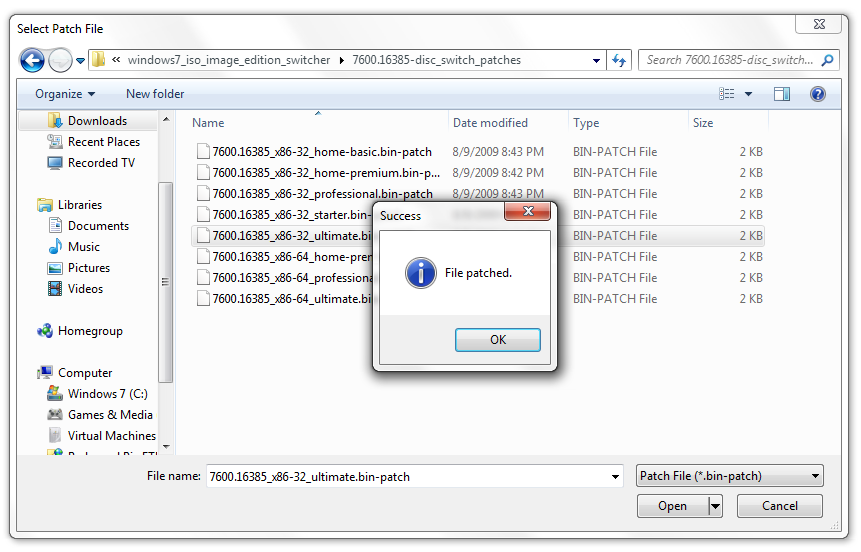



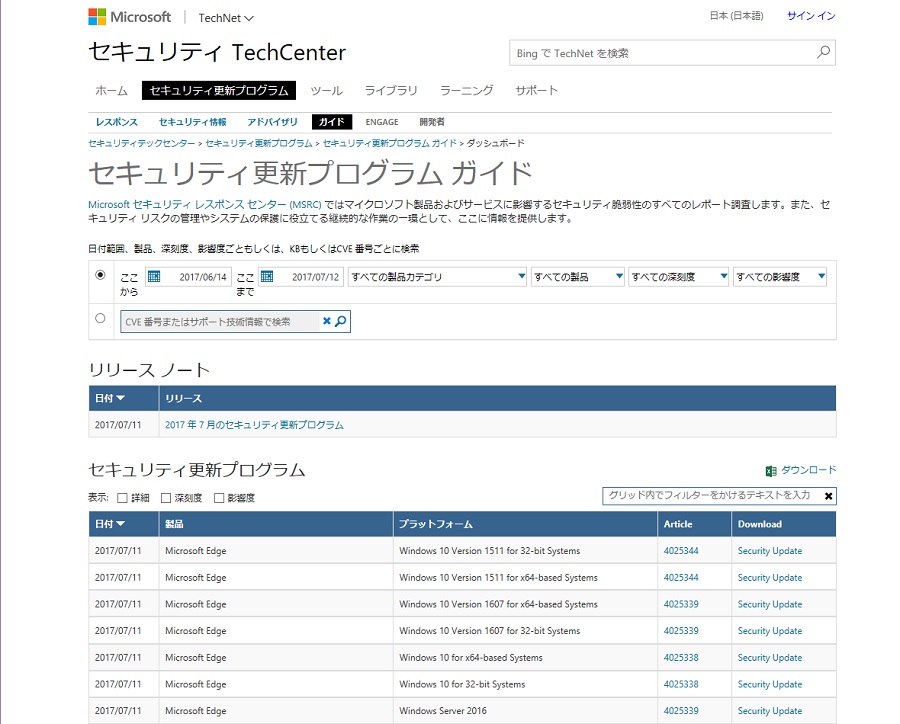



No comments:
Post a Comment
Note: Only a member of this blog may post a comment.